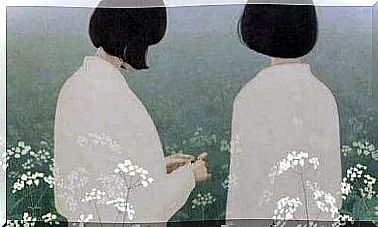Wedding Traditions: Wedding Coins As A Symbol Of Unity
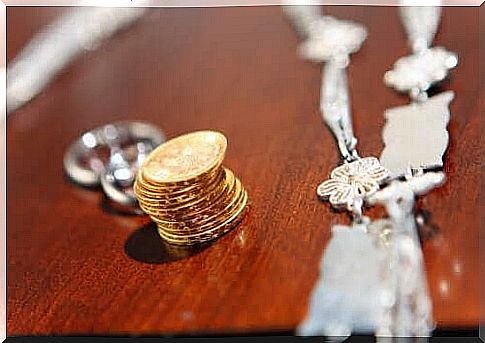
Wedding traditions are different in different cultures. There are countless things that are used in weddings as symbols of promises, desires, unity as well as the birth of future children. One such tradition is wedding coins that symbolize the mutual unity of a couple, which are also seen as a reflection of future material as well as spiritual richness in the life of a married couple.
In Finland, this tradition is hardly seen, but it is a tradition with a very long history and great significance in many cultures. That is why we want to talk about it today.
As you might guess, wedding coins are related to wealth, but the history of this tradition reveals interesting aspects of the development of marriage. The concept of marriage has changed greatly over the centuries, as have wedding traditions.
In English, wedding coins are called “Unity coins,” and they are full of meaning that is much deeper than just exchanging money from one hand to another. With coins that reflect the unity of the couple, the groom seems to give his wealth to the bride, and this in turn returns it to the man. By doing so, the couple receives the blessing of marriage and offspring.
Just as a ring symbolizes union in marriage, coins representing unity tell of the division of everything from the moment of marriage. “What is mine is yours, and what is yours is mine.” These coins also represent a desire to make a fortune in the future.
Wedding traditions: wedding coins symbolizing the unity of the parties to a marriage
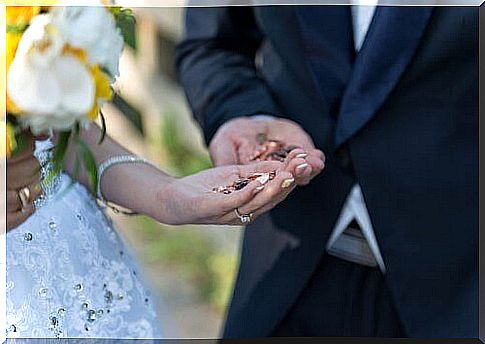
These coins, which reflect the inseparability of the couple, show that in their lives, “my property is your property”.
There are 13 wedding coins, 12 of which are gold and one silver, and according to tradition, the child brings the coins to the altar in a basket. When the ring change ceremony is over, the so-called bestman brings them to the groom and the bride.
Usually, coins are a gift from a bridesmaid to a groom, but this has not always been the case, and still is not the case in all cases.
In cultures where wedding traditions involve exchanging coins, on the other hand, other objects may be used for this purpose – for example, jewelry, flowers, or a candle. In some cases, the couple chooses coins from another country that is of particular interest to them. This may be due, for example, to the fact that their parents are from that country or they plan to live in another country in the future.
These coins, which symbolize unity, can also be exchanged for non-ecclesiastical weddings, but in this case, of course, there will be no blessing for the covenant by the priest.
Coin exchange as part of a wedding ceremony
Once the rings have been exchanged, the priest blesses the wedding coins and then the groom hands them to his bride with the following words: “Take these coins as a guarantee of God’s blessing and as a sign of the wealth we will share as a couple.”
Then the bride gives them back to the groom and says the same words. Finally, the priest then gives a blessing to the couple and their wealth.
Where did the tradition of exchanging wedding coins originate?
The word “ arrhae ,” or coins symbolizing unity, has come a long way and changed greatly. This wedding tradition originated in the Paleolithic period in Syria, and in 1400 BC Erabatu consisted of a tax paid by families. The word then evolved in Greek into the form Arrabon , which was a garment that was left as a guarantee of purchase.
During the Roman Empire, the concept was initially known as arrhabo . In texts written by Plautus in the 100th century BC, Arrhabo had a promise of a payment that was left as a guarantee in custody. Then later, Gaius Pliny, who was a Roman prosecutor in 70-72 AD, already used the word arrhae when he referred to the guarantees used in business.
Wedding coins in medieval societies
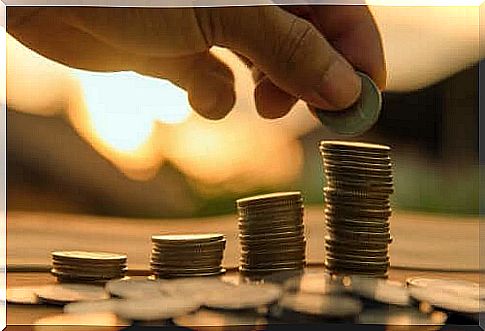
In the Middle Ages, a marriage was signed with a signature, and it was a buying and selling transaction that was accompanied by a dowry.
Arrhae was used as a commercial concept in Spain in the Middle Ages during the Visigoths. This term was used in purchase and sale agreements to refer to the recording that the buyer left as security before the purchase took place.
In such commercial agreements, they were a guarantee until the father handed over the bride to the groom.
In the early Middle Ages, marriage was a legal and commercial contract, thus defined in the treaty. The bride’s father then agreed to give custody of his daughter to the suitor, and at the same time gave a dowry.
This agreement was called Desponsiato , from which the word “ Engagement ” originated. At the same time, the arrhae certificate was signed, and here were determined the funds that were transferred to the bride. This all happened without the woman’s consent, and she was usually under 18 at the time. Often, even the groom did not know who his wife would be.
Once a contract called Desponsiato and a certificate called arrhae had been obtained, and when the woman was at an age where she was able to have children, the wedding was then celebrated. Over time, however, this ceremony became a religious custom as a result of the great influence of the Church.
From that moment on, coins symbolizing the unity of spouses have been part of wedding traditions in some cultures.
The birth of the religious significance of wedding coins
In the traditions of the Catholic Church, wedding coins come from the Old Testament. Abraham gives Rebekah gold objects, clothes, and gold earrings as a sign that he is going to marry his son Isaac, and this is described in more detail in the book of Moses .
Therefore, in some cultures during weddings, the priest says, “The omnipresent God who commanded Abraham, your servant, to give arrhae to Isaac and Rebekah as a sign of holy marriage.”
Why should the number of coins be exactly 13?
The reason for the fact that there are 13 wedding coins is not really clear. Letters from prelates and priests from the 19th century show that this number is implicit in the Old Testament. One explanation for this chapter is that Jacob — the son of Isaac and the grandson of Abraham — had 12 children who founded 12 tribes of Israel. Thus, golden wedding coins would be believed to represent these tribes, and one would represent God.
Others believe that the number of coins comes from the Arab tradition. According to this explanation, 12 pieces are included because they contain a coin for each month of the year, but an addition would be a bronze coin for the poor to distribute wealth.
Selection of wedding coins
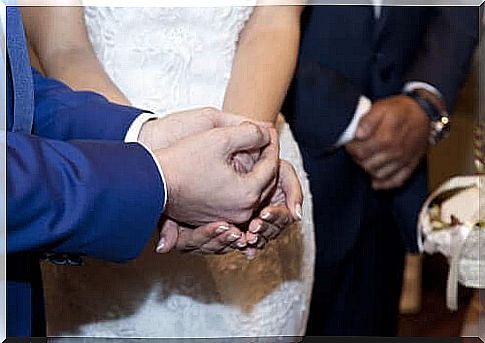
In countries where this tradition is common, married couples can choose the symbols that best represent their own values. So it is not necessary to use coins as symbols of unity.
Now you know what it’s like to use wedding coins at a wedding ceremony! Wedding coins have a very important symbolic meaning in some cultures and their history is very interesting.
For many couples, it is important to choose these coins or symbols carefully and give them special meaning. In countries where they are popular, jewelry stores sell some sort of wedding coins, but as said, a couple can acquire other symbols instead of coins.








